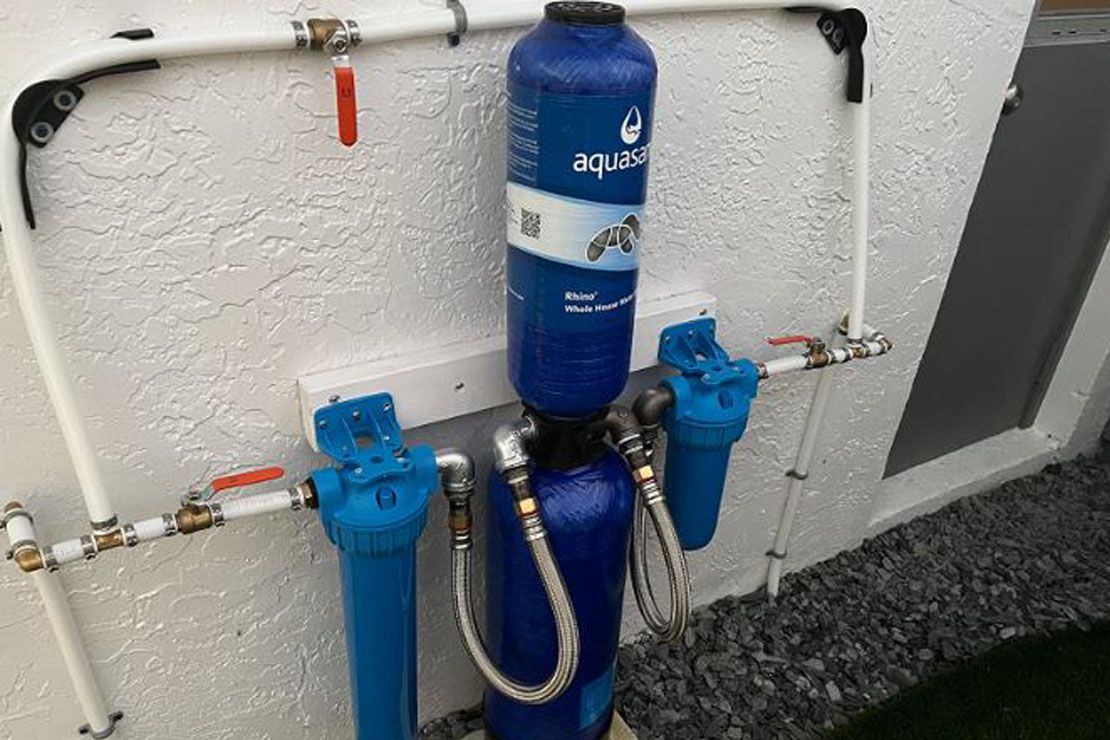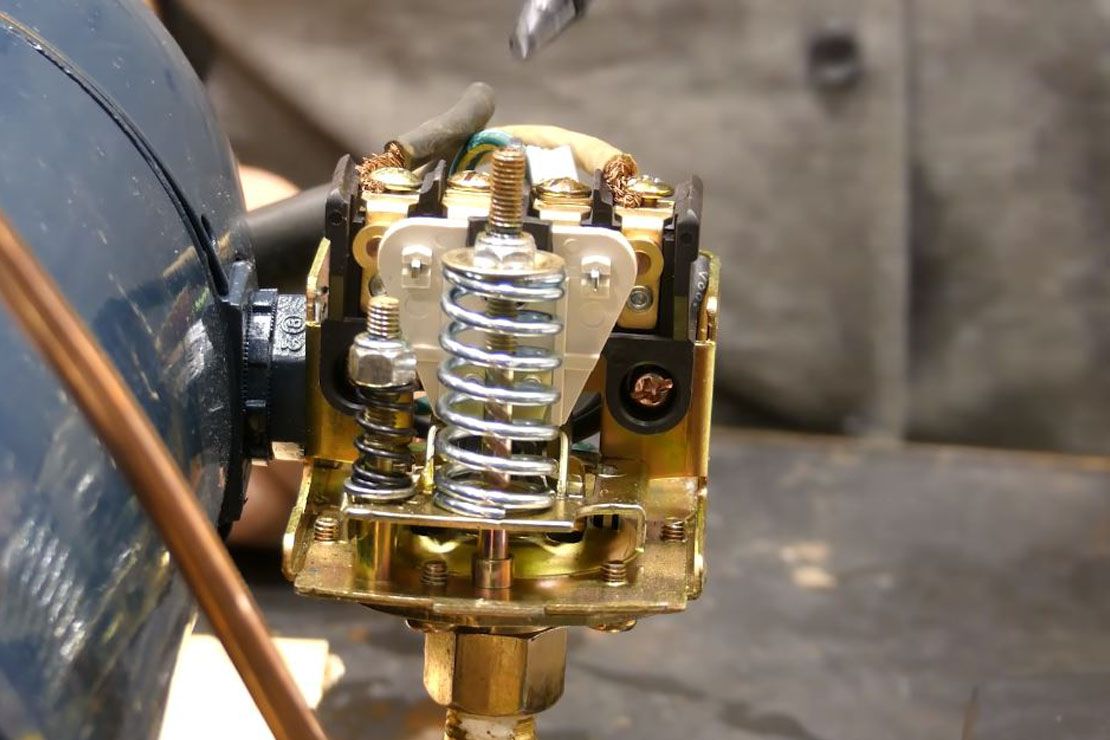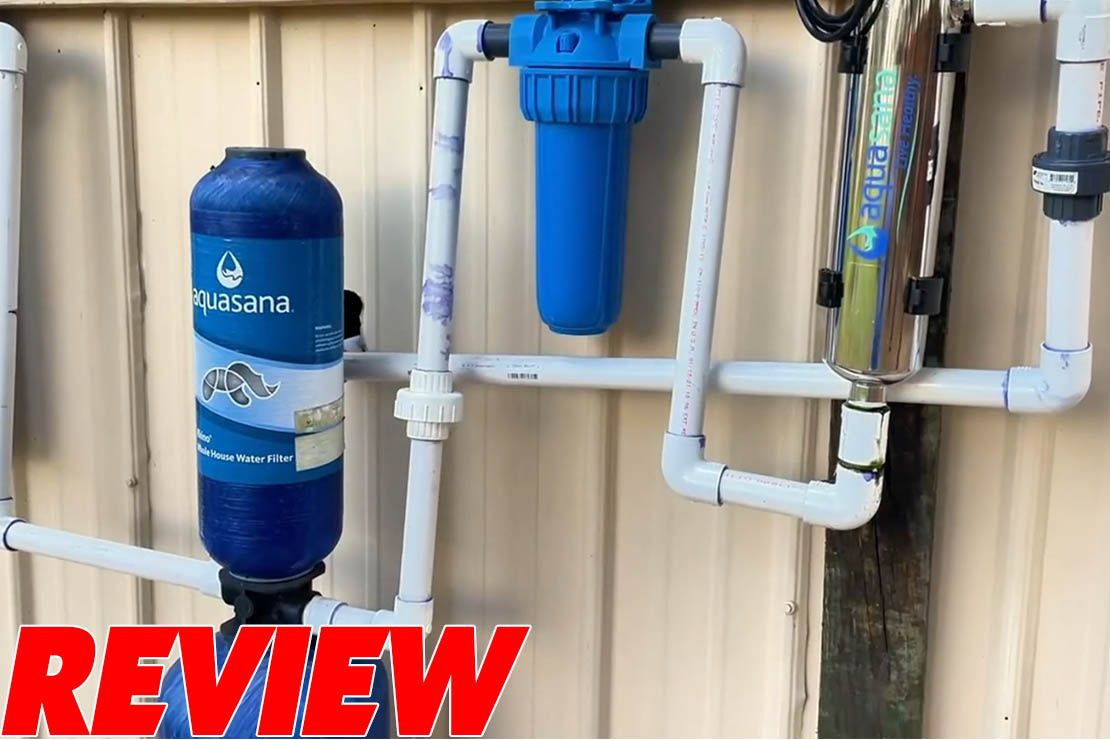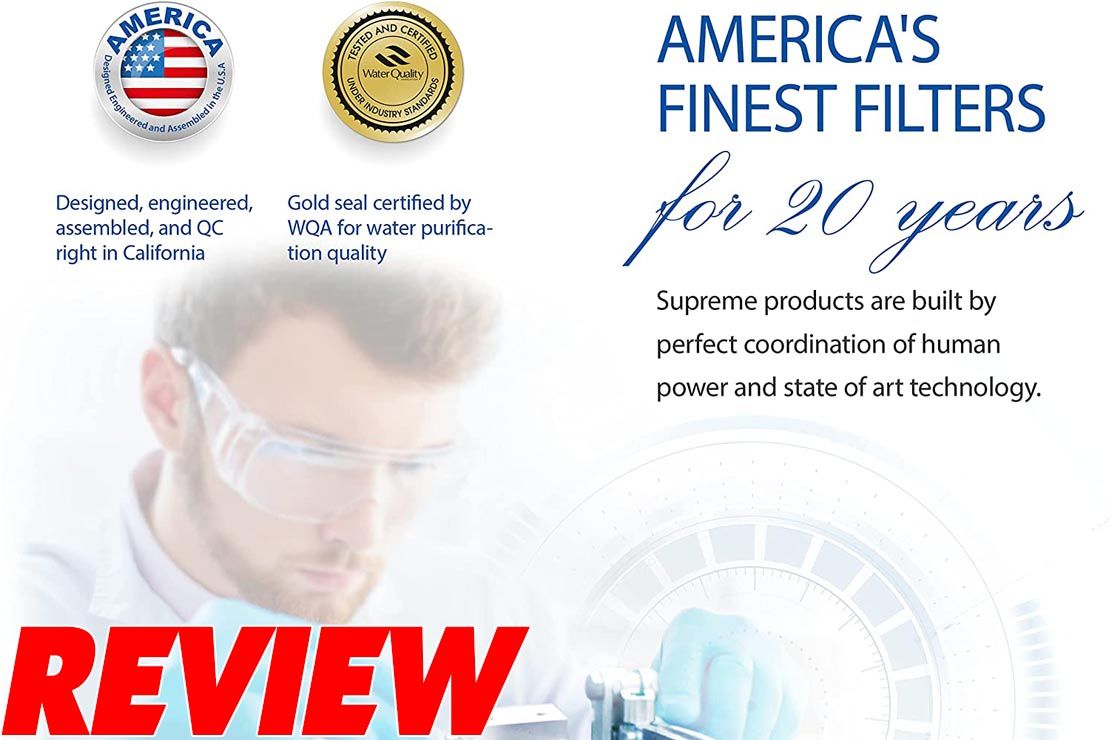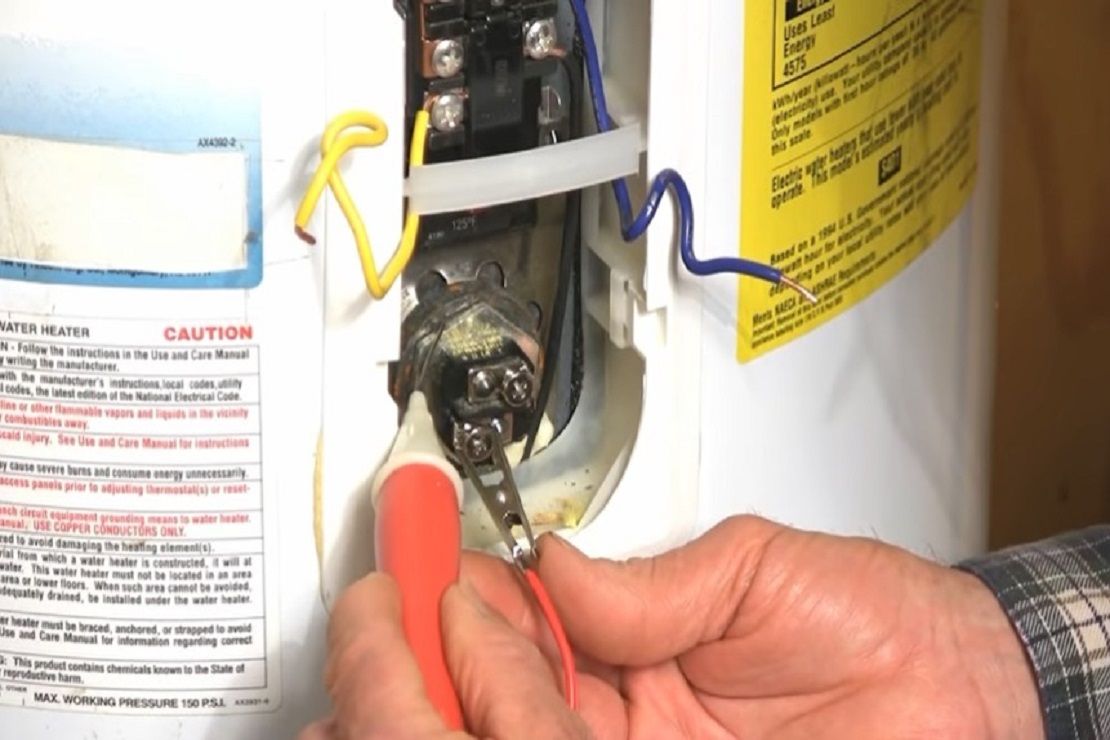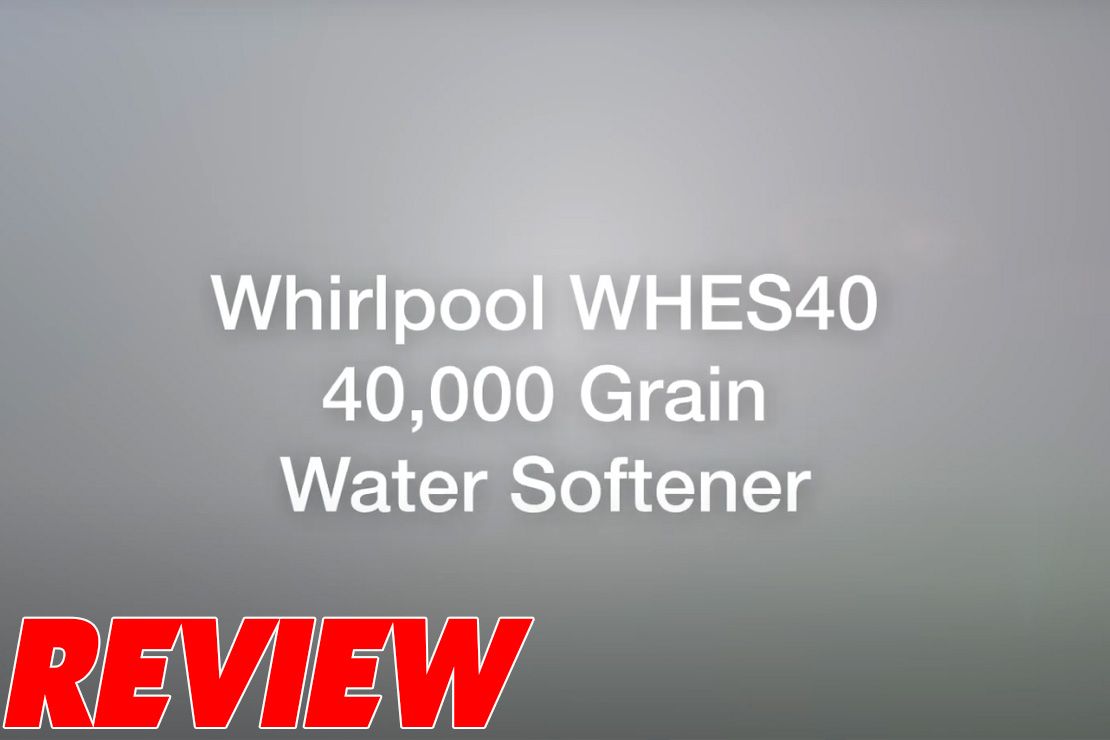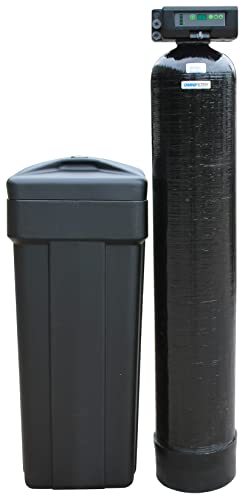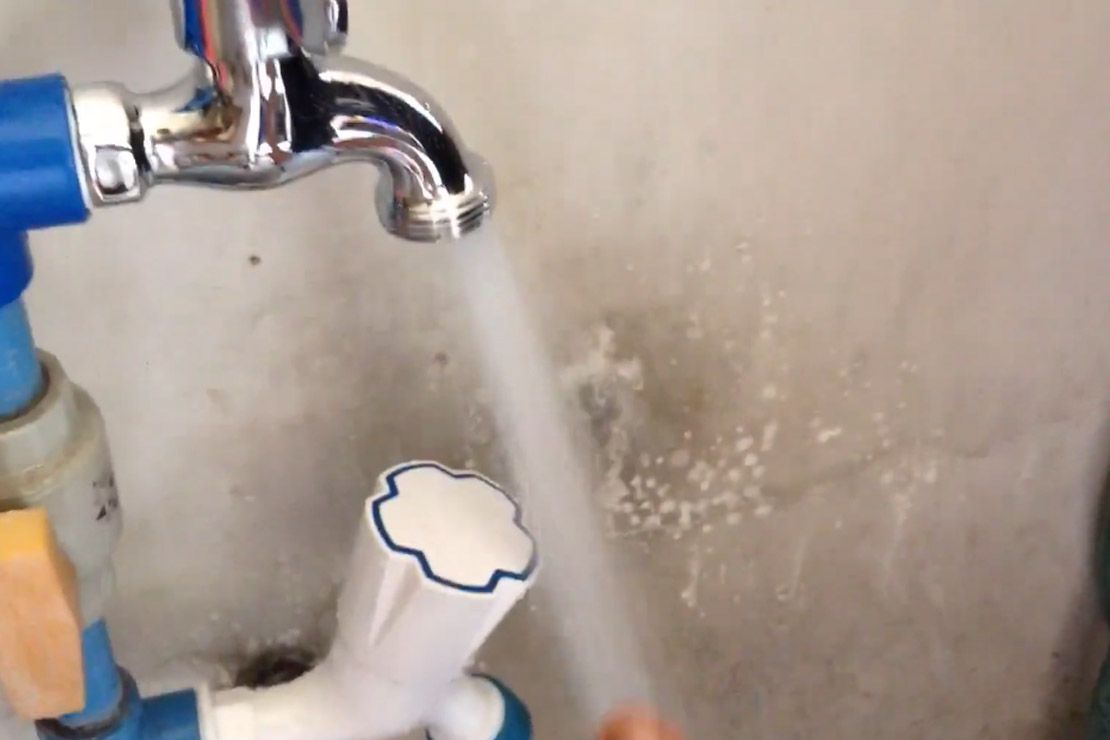
In this article, we'll cover some of the best tips and tricks to help you boost your water pressure without breaking the bank.
1. Check Your Water Meter
Your water meter can be an excellent diagnostic tool for low water pressure. Take a look at it and check if it's spinning rapidly. If it is, this could indicate a leak or a burst pipe in your system -- both of which can cause low water pressure. If you suspect a leak, turn off all appliances and faucets, and then watch your meter for a few minutes. If you see it still spinning, you may have a leak and should call a professional plumber.
2. Clean Your Faucets and Showerheads
If you notice that only your showerhead or faucet has low pressure, this may be a sign of a clog. Over time, mineral buildup can occur, decreasing the airflow in your pipes. Luckily, this is an easy fix. Simply remove your faucet or showerhead and soak it in vinegar for a few hours. This should break away any buildup and increase your water pressure.
3. Check Your Pressure Regulator
Most homes have a pressure regulator installed to ensure that the water pressure stays within a safe range. However, if your regulator is old or faulty, it can be the root of your low water pressure. Check your regulator's settings to ensure that it's correctly adjusted. You can also call a professional plumber to check and evaluate the condition of your regulator.
4. Install a Water Pressure Booster
If you've tried all of the above methods and still have low water pressure, consider installing a water pressure booster. These devices work by increasing the force of your water flow. Most water pressure boosters are easy to install and can be bought at your local hardware store. Simply follow the manufacturer's instructions to set it up.
5. Replace Old Pipes
Lastly, if your home has old pipes, they may be the cause of your low water pressure. Old and outdated pipes can corrode and rust over time, restricting your water flow. If you suspect that your pipes are old, consider calling a professional plumber to conduct a pipe inspection and determine if they need to be replaced.
1. Is low water pressure dangerous?
No, low water pressure is not dangerous, but it can be frustrating and inconvenient. It can also cause problems with your appliances and result in wasting water.
2. Can low water pressure damage my pipes?
Low water pressure alone won't cause damage to your pipes. However, if it gets too low, it can cause air pockets to form in the pipes, which can lead to leaks and other problems.
3. How do I check my water pressure?
To check your water pressure, you'll need a pressure gauge, which can be purchased at your local hardware store. Simply attach the gauge to any outdoor faucet and turn on the water.
4. Can I install a water pressure booster myself?
Yes, most water pressure boosters are easy to install and come with detailed instructions. However, if you're not confident in your DIY skills, it's best to call a plumber to install it for you.
5. How often should I replace my pipes?
There's no set time for pipe replacement. However, if you notice issues with your water pressure or experience frequent leaks, it may be time to replace your pipes.
Low water pressure can be a real headache, but there are many simple and affordable solutions to the problem. From cleaning your faucets to installing a water pressure booster, there are many tips and tricks to help you increase your water pressure without a pump. Just remember to check your water meter, inspect your pipes, and don't be afraid to call a professional for help. With these tricks, you'll be enjoying good flow and pressure in no time.
Read More: Best Pressure Switch for Well Pump


